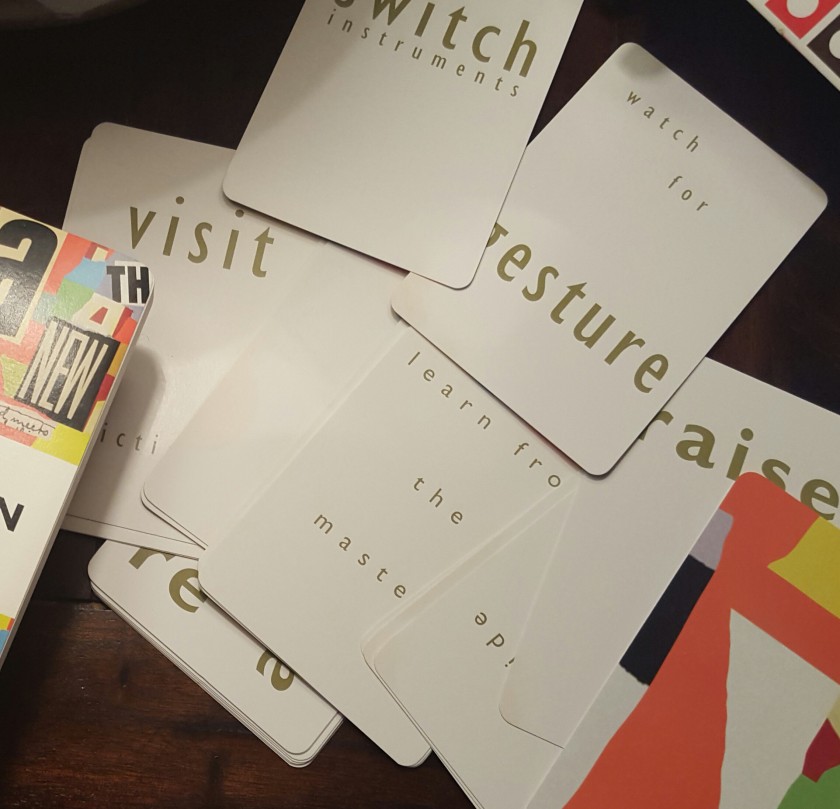Learning about a device that is portable enough to allow for easy writing on the go, got me thinking of the many other ways to make the best of my ideas and observations even in my sleep.
“What’s in your wallet? (in my best Samuel L Jackson impersonation) Not exactly. How about, what’s in your Writer’s tool kit?
Here are a few that come to mind:
- Speed Writing Devices – Michelle Stimpson talks about the Alphasmart, for speed writing. It is a word processing device that has a full size QWERTY keyboard and display screen and saves your typing as you go. It is good for writers on the go because it is portable, offers distraction-free writing (no internet connection needed) and uses batteries. Following attempts to successfully recreate or transfer from mind to paper some ideas that came to me smack in middle of my subconscious sleeping moments, I realized with a quickness that waiting is not an option. Before then, I had grappled with the frustrations of coming up empty, because I waited until I was fully awake to write down the “light bulb” bright idea which by then had gone POOF!!.
2) Journals, Notepads, Pieces of Paper — Putting pen to paper. Having something to write on by my night stand or in my handbag rather than having to wait until I am at my desk helps in capturing my fleeting thoughts and observations on the spot.
3) Phone Applications – My phone is one item I carry along with me most of the time. I have several applications on it, one of them is Color Notes, a virtual form of the sticky notes. It has been a tremendous help even during my “in between” full consciousness and sleep moments. It has the option of text or creating a check list and comes in a variety of colors. The best part is that you can share those notes as an attachment or even in the body of the email and transfer that into a word document.
4. Reading List – Signing up wit a a writer’s group or workshop and in addition to the classics, reading a lot of other books within and outside the particular genre are good choices, a few of which may be available for free. One advantage of expanding one’s reading list is that it exposes the reader to different writing styles, vocabulary and in itself may offer valuable tips on character development and description. One book on my reading list is a guide that somewhat reinforces some of the time-tested practices of a lot of writers, The Observation Deck.
The Observation Deck – A Tool kit for Writers – It offers tips on the different stages of the creative process from conception to completion with the aid of a deck of cards. “It gives you the opportunity to experiment with different ways of working and relieves you of the anxiety of having to constantly decide what to do next” (Introduction).
The card “watch for Gesture” reminded me of one of my trips in which the lady in the window seat glanced away from the white tablet, stretching her free hand to receive the Irish cream and cup of coffee” from the flight attendant.
The guide also talked about looking through photographs including old picture books for inspiration for character development.
 If you are well acquainted with the public transportation like myself, this is spot on, the Eavesdrop card. Some of those discussions can be quite interesting. The suggestion is to eavesdrop for about 15 minutes, writing down every word or tape record the discussion and type it up word for word and read the transcription. This reveals the disjointed nature of real conversations and gives the writer, the opportunity to edit the transcript. The Rearrange card highlights the fact that moving chapters or events or parts around or even beginning with writing the end or just starting anywhere may be the most logical next step to take towards creating a polished product.
If you are well acquainted with the public transportation like myself, this is spot on, the Eavesdrop card. Some of those discussions can be quite interesting. The suggestion is to eavesdrop for about 15 minutes, writing down every word or tape record the discussion and type it up word for word and read the transcription. This reveals the disjointed nature of real conversations and gives the writer, the opportunity to edit the transcript. The Rearrange card highlights the fact that moving chapters or events or parts around or even beginning with writing the end or just starting anywhere may be the most logical next step to take towards creating a polished product.
What tools do you use to craft your art; your masterpiece(s)?





